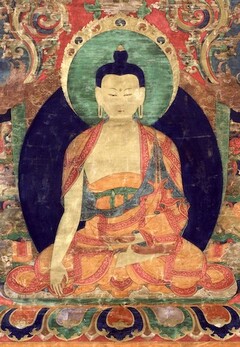Kangyur
English (25) | Deutsch (5) | Español (9) | Français (13) | Português (7) | Italiano (2) | 中文 (2) | བོད་ཡིག (25)
Texts from and related to the Kangyur (bka' 'gyur), the Tibetan canonical collection of the Buddha's Word (bka') in translation ('gyur):
